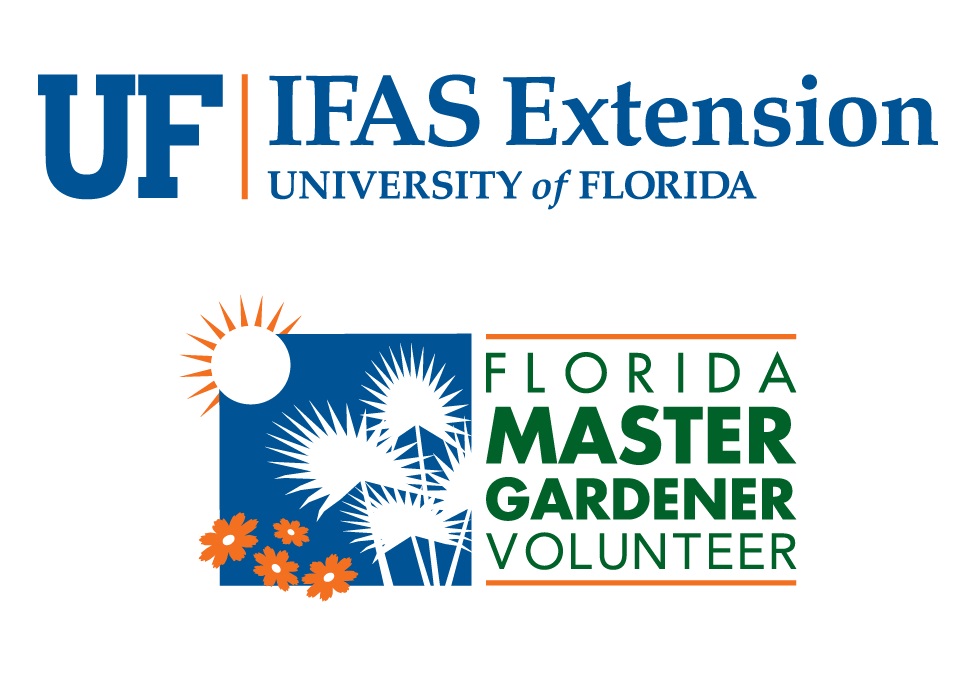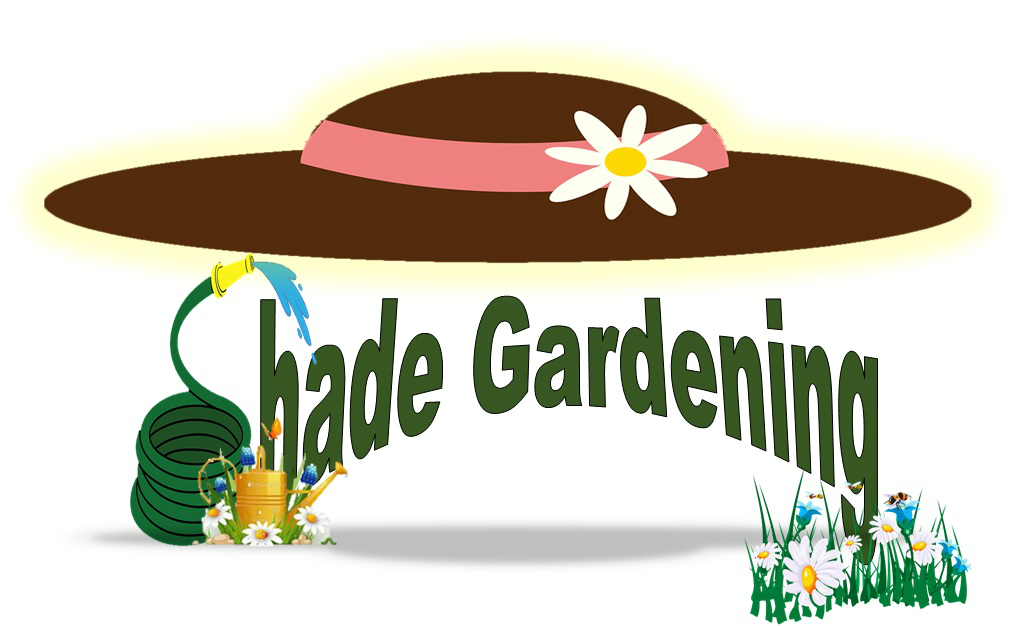Ask Master Gardener Volunteer JoAnn Green
As the weather cools down, I find that I can endure more time in the yard this time of year better than during the heat of summer! During the winter months I take stock of my landscape and make changes – such as removing or re-locating plants, adding new plants to planting beds, or bringing in structural elements to add interest. When deciduous plants drop their leaves, and there are few flowering plants around, the bare, winter landscape is a great time to look over your property to see where you might want to add a new element. One such element might be a tree.
Arbor Day in Florida
In Florida, we celebrate Arbor day on the third Saturday in January. The cool weather allows newly planted trees to adjust to the new environment before the summer heat. In 2020, Arbor day is Saturday, January 18.
In Wakulla County we are fortunate to have the Wakulla County Garden Club sponsor a free tree giveaway to those who attend their event at Hudson Park. These are native trees that are proven to do well in our area. The Garden Club always has a nice selection of large and small (or under-story) trees. The Florida Division of Forestry also participates and offers packs of Longleaf Pine seedlings to those who would like to be a part of the movement to bring back this native tree. This month I will write about large trees.
Large Trees; Things to Think About
If you decide that you want to bring more shade to your yard or replace a large tree that was damaged during one of our recent storms, then you may want to consider a large tree. Large trees are those that will reach a height of at least 50 feet and have a canopy (or spread) of 40 feet or more. These trees need to be planted out in your yard and not next to the house or other existing structure. A common mistake that homeowners make is to plant a young tree too close to the house or other building. A good rule of thumb is to learn about the mature spread of the tree, and then measure at least half or two-thirds the distance of the mature spread away from the structure before digging the planting hole. So if the mature spread of the tree is 40 feet, measure at least 20 feet (or better is 30 feet) away from the structure.
If you are going to be adding a large tree to your landscape, you may want to think about a planting site with western or southern exposures to help block that afternoon sun during the summer. Also look up and determine if power-lines are in the vicinity. You do not want the tree canopy to interfere with power-lines.
One last thing to think about is property lines and neighbors. Trees can be messy! They drop fruits, nuts, leaves, and branches. Their roots can disturb driveways, patios, and other foundations. Be mindful of how trees planted close to the property line can affect your neighbors and possibly your relationships with those neighbors!
Large Tree Seedlings at Arbor Day
Below is a list of large tree seedlings that will be available at the Arbor Day Celebration in January. I included a link to a ‘Fact Sheet’ for each tree from the University of Florida. Each has more information to help you decide if this is the tree for you:
Pignut Hickory (50-60 h by 30-40 feet wide) https://edis.ifas.ufl.edu/pdffiles/ST/ST12100.pdf
American Beech (50 feet high and wide) https://edis.ifas.ufl.edu/pdffiles/ST/ST24300.pdf
Sweetbay Magnolia (50-60 feet high) https://edis.ifas.ufl.edu/pdffiles/ST/ST38400.pdf
Southern Red Oak (60-80 feet high) https://edis.ifas.ufl.edu/pdffiles/ST/ST54600.pdf
Chinkapin Oak (40-50 feet high and wide) https://edis.ifas.ufl.edu/pdffiles/ST/ST55200.pdf
Longleaf Pine (60-125 feet high and 30-40 feet wide) https://edis.ifas.ufl.edu/pdffiles/ST/ST46900.pdf
If you have any questions or suggestions for future articles please email to wakullamg@ifas.ufl.edu
| The Institute of Food and Agricultural Sciences (IFAS) is an Equal Opportunity Institution authorized to provide research, educational information, and other services only to individuals and institutions that function with non-discrimination with respect to race, creed, color, religion, age, disability, sex, sexual orientation, marital status, national origin, political opinions, or affiliations. U.S. Department of Agriculture, Cooperative Extension Service, University of Florida, IFAS, Florida A&M University Cooperative Extension Program, and Boards of County Commissioners Cooperating |
 0
0




